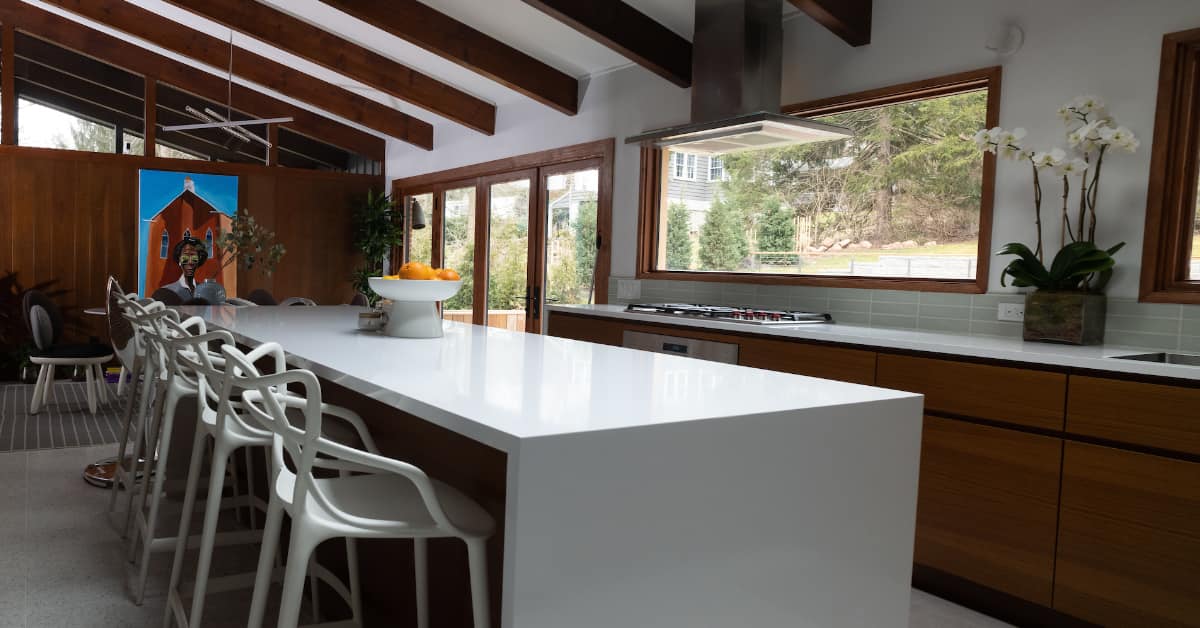The Floor’s Core
The flooring of a home comes in three layers. The first layer, called joists, is the first level of house flooring. Besides concrete floors, joists are necessary for the floor foundation above it, known as the subfloor.
The underlayment atop the subfloor provides an extra cushion of comfort for carpet and a protective barrier against moisture, heat, cold, and sound.
The top layer of flooring is that visible floor providing the aesthetic beauty to the home: carpet, vinyl laminate, tile, or hardwood flooring.
5 Signs A Subfloor Replacement is Needed
A subfloor is a structural foundation composed of natural softwood boards of pine, fir, or manufactured plywood that spans the floor joists.
Some subfloors are made of OSB, oriented strand boards, a denser and heavier wood than plywood. It is easier to install, less costly, and usually found in modern subfloors.
While most subfloors remain strong — moisture is the primary cause of all subfloor damage. Other reasons for subfloor damage include nails connecting the subfloor panels to floor joists becoming loose, a weakened subfloor due to the type of flooring material that has been installed over it, fire, or a heavy object falling onto the flooring.
The following five signs are an indication of the possible need for replacement or repair of the subfloor:
Squeaking Floors
Don’t think of it as ‘just’ a squeak, but instead a ‘joist’ squeak. The noise is possibly due to the nails of the subfloor wood panels coming loose from the joists.
Mustiness
Consider a musty odor emanating from the floor’s core as a must-do subfloor replacement. Musty scents usually point to mold growth under that shiny hardwood floor or plush carpet.
Soft and Sagging Floors
Raise the white flag if the floor seems to sag — this is yet another sign for a subfloor replacement.
Tile Cracks
A lack of a strong subfloor combined with tile inflexibility will result in the appearance of ‘nasty’ cracks. Installation of tile over a plywood or OSB subfloor requires placing a cement backer-board between the tile and subfloor panels.
Toilet Wobble
A toilet wobble may be due to subfloor decay from moisture build-up of a slow leak in the toilet’s pipes, resulting in the toilet fasteners’ inability to anchor to the floor securely. With the possibility of sewer gas contamination, this situation requires immediate action!
Morgan Contractors provides a firm foundation of knowledge and experience to correct subfloor defects with the least invasive methods. Contact us today.



